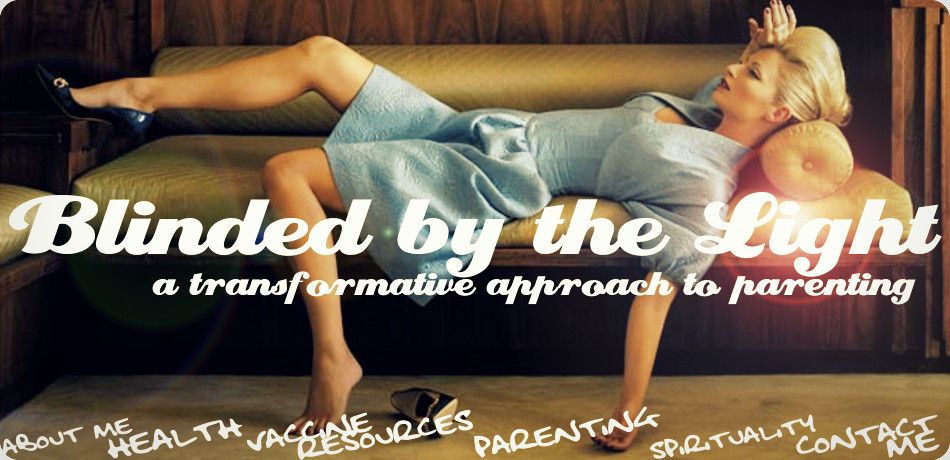Introducing solids to your child is a fun time. There are many nutritious options out there (that are convenient too) other then the ol’ rice cereal and jarred foods. It’s been awhile since I made my own baby food, but now with my youngest nearing the age of 6 months, I’m getting ready to dust off that food processor. I wanted to share some of the best baby foods I’ve come across when researching and preparing those very first meals.
Breast Milk
Well, of course breast milk, silly. Just because a child is ready to try food doesn’t mean a mother should stop nursing. Quite the contrary actually, the American Academy
"The very best food for the first year is breast milk," Loraine Stern, MD (Nutrition: What Every Parent Needs to Know.)
Tip: When making your own purees, try using that older frozen breast milk that needs to be used before it goes bad.
Avocados
Mild taste, smooth consistency, loaded with monounsaturated fats – avocados are a great first food to offer a baby. Plus they are simple to prepare. You can mash a ripe avocado with a little breast milk and viola. The fat composition is similar to that of breast milk too.
Tip: If you want to get fancy – try mashing up a banana with the avocado. Neither one need to be cooked – super easy!
Sweet Potatoes
Sweet potatoes are awesome for many reasons . First, they are rich in beta-carotene which the body converts to vitamin A. This vitamin promotes good vision, healthy skin, normal growth and protection from infections. Secondly, babies love the soft texture of pureed sweet potatoes; it’s hard to go wrong when attempting to make this one. Third, sweet potatoes freeze/de-thaw well and they are cheap to buy.
Tip: Try using breast milk to adjust the consistency of the sweet potato puree.
(Organic) Yogurt
Plain (not vanilla) organic whole-milk yogurt is another protein-rich option for baby - plus, it contains calcium and beneficial live active cultures. (Confused as to why yogurt made with cow's milk is OK for babies, but actual cow's milk isn't? Since lactose is already broken down with the culturing of the yogurt, it is easy for babies to digest. This is also true for the majority of people with milk protein, casein and whey allergies – these are normally semi-removed or limited in yogurt.
Tip: The best age for yogurt is said to be around 9 months.
(Wild Alaskan) Salmon
You read that right – yup, fish! Fish used to be considered off limits because of the risk of allergies, but just like eggs, this thinking has changed. The American Heart Association and the American Academy
Make sure of two things when purchasing: (1) the fish is wild and not farmed (2) there is no color added (this is common in salmon).
Tip: By introducing salmon at a young age, you are able to predispose a child to like it when they get older since food preferences are mainly developed by the age of 5.
Egg Yolk
The recommendations for offering babies eggs is changing. Check out the AAP clinic report here. Obviously, if your family has a history of egg allergies, it’s best to wait until after 12 months. But get this – the yolk of an egg does not contain the proteins that cause the allergy to eggs (egg whites contain 4 sensitive proteins).
Egg yolk is nutrient-dense and is rich in iron, DHA and of course, protein. They are also a great source of choline which plays an important role in brain development and function. Egg yolk is easy to chew and digest, it’s economical and totally versatile too.











